Video Game-Based Board Games
In recent years, the digital and analog worlds have come closer together. Video games, which already offer visual immersion and interactivity, have inspired board games that bring the entire screen experience to the table. The result is experiences that unite fans of both worlds: on one side, players familiar with the franchise digitally; on the other, board game enthusiasts discovering a new way to experience these universes.
Below, we've gathered some of the most notable board games inspired by famous video games.
Fallout: The Board Game
- 1 to 4 players
- Playtime: 120 - 180 min
- Age: 14+
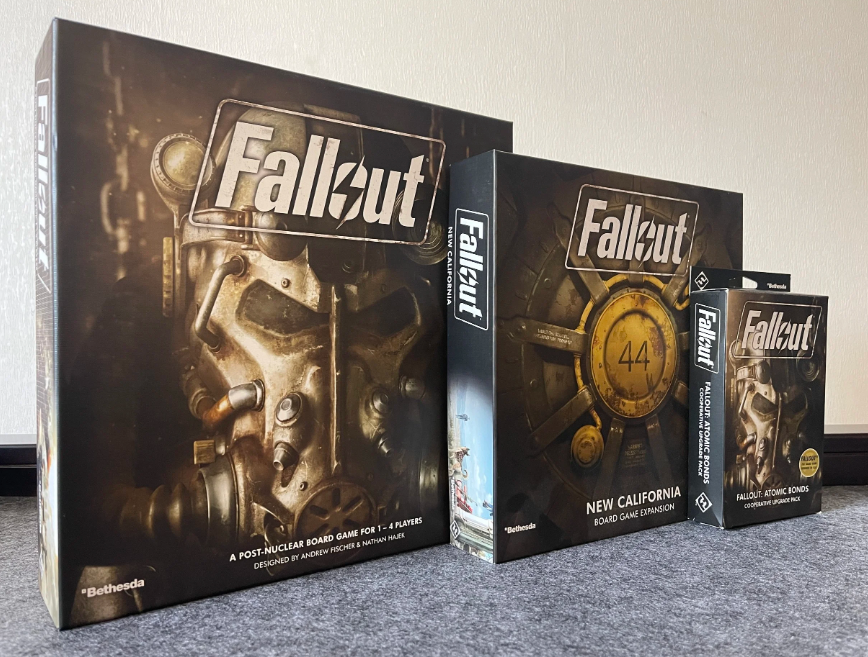
Players explore a modular map to complete main objectives, face enemies, and interact with factions. The character progression system is inspired by S.P.E.C.I.A.L., and each game presents branching narratives that change based on choices made.
On the board, Fallout stands out for its balance of exploration, combat, and storytelling. Mission cards create a campaign-like feel, and decisions directly impact the course of the game. Each playthrough builds a unique world, reinforcing the sense of a group post-apocalyptic RPG.
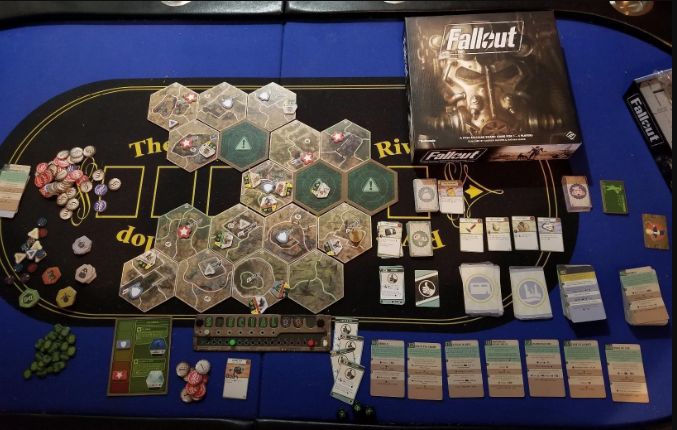
On consoles and PC, the series became famous for its open worlds devastated by nuclear war, especially from Fallout 3 (2008) onward. The freedom of choice and grim survival atmosphere are central to the digital experience, and the board game captures this essence in a shared format.
Dark Souls: The Board Game
- 1 to 4 players
- Playtime: 90 - 150 min
- Age: 14+
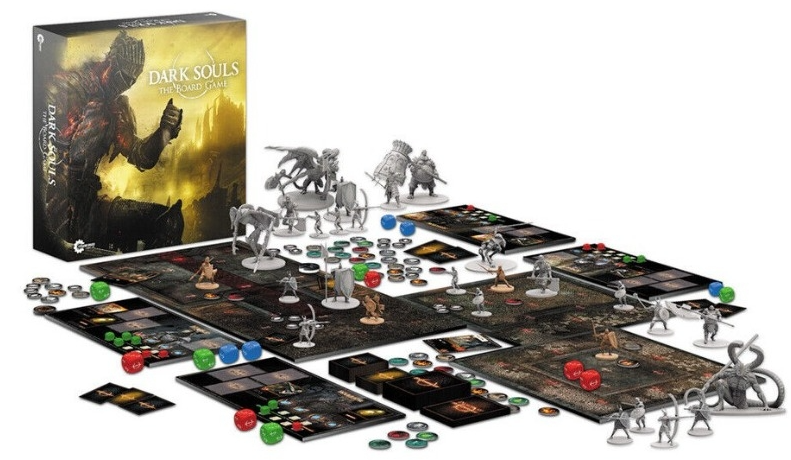
Players explore tile-based dungeons, facing enemies and bosses in battles that require careful stamina management. If a character dies, the whole group returns to the bonfire and must try again.
The tabletop version is known for its difficulty and replayability. Combat with detailed miniatures is strategic and punishing, forcing players to think through every move. Games create a trial-and-error cycle that perfectly mimics the feel of the video games.
In the digital world, Dark Souls (2011) became iconic for its dark atmosphere and high difficulty. The board game inherits this DNA: every defeat is painful, but victory is deeply rewarding.
Doom: The Board Game
- 2 to 5 players
- Playtime: 120 min
- Age: 14+
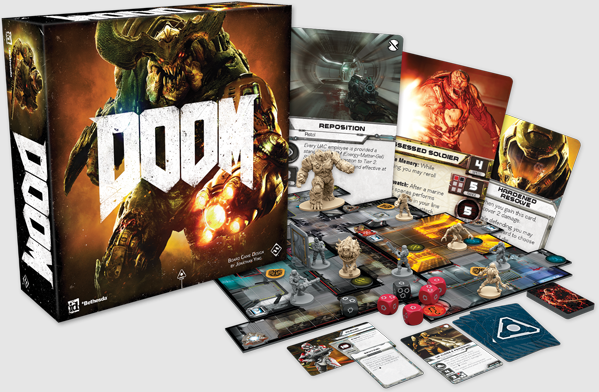
One player controls the demon hordes, while the others take on marines in intense missions. The action combines tactical combat, ability cards, and map movement.
With varied scenarios and interconnected missions, the board game effectively conveys the sense of a demonic invasion. Its asymmetric mechanics create tense games with intense confrontations and high-stakes decisions.
The classic Doom (1993) is considered the father of first-person shooters. The board adapts this fast-paced rhythm but demands strategy: running and shooting isn’t enough; players must think before acting.
Bloodborne: The Board Game
- 1 to 4 players
- Playtime: 60 - 90 min
- Age: 14+
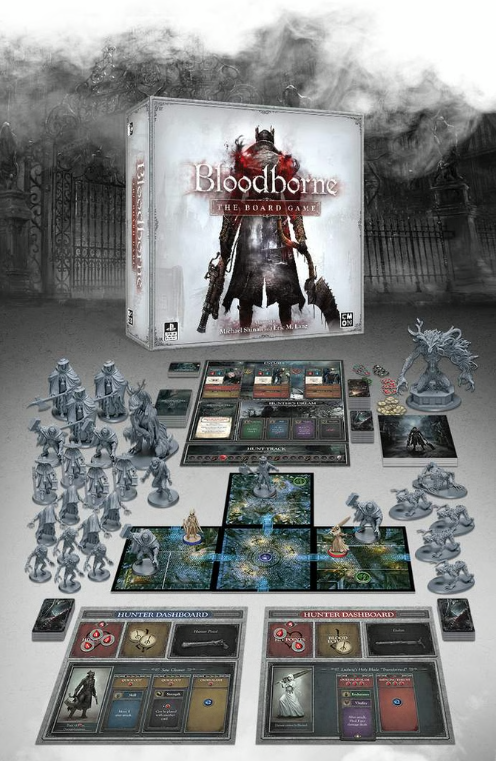
The city of Yharnam is explored via tiles, while players face horrific creatures in card-based combat. The campaign progresses in chapters, and each decision can change the story’s course.
The tabletop game is praised for its atmosphere and tense battles. The card system replaces dice, making gameplay more strategic and unpredictable. Each game is filled with suspense, as if the city breathes along with the players.
The digital Bloodborne (2015) introduced a gothic aesthetic and aggressive combat. The board game maintains this visceral pace and emphasizes Lovecraftian horror, giving new life to the work.
The Witcher: Old World
- 1 to 5 players
- Playtime: 90 - 150 min
- Age: 14+
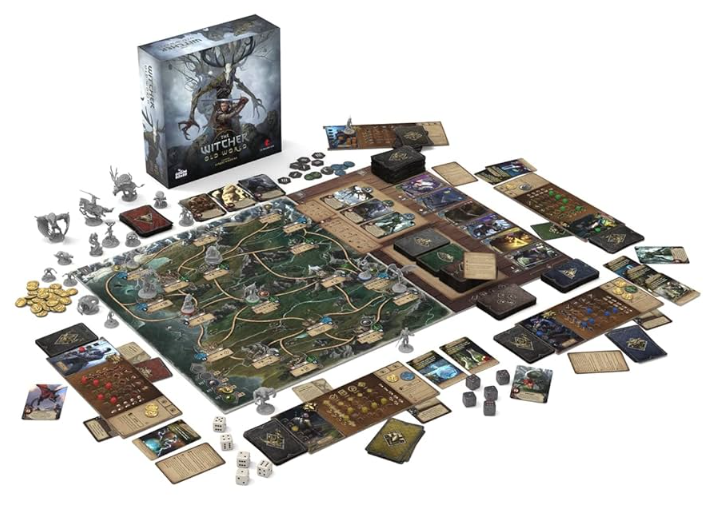
Each player takes on a Witcher from a different school. The open map features monsters, quests, and villages to explore. Combat is deck-building based, allowing for varied fighting styles.
The board game is expansive and highly narrative, offering side quests, duels between Witchers, and moral choices. It feels like a full RPG, with freedom to shape your journey across the continent.
In video games, The Witcher 3: Wild Hunt (2015) became renowned for its living world and rich narratives. The board game is set before Geralt’s saga, expanding the universe and focusing on other legendary Witchers.
Cyberpunk 2077: Gangs of Night City
- 1 to 4 players
- Playtime: 90 - 120 min
- Age: 14+
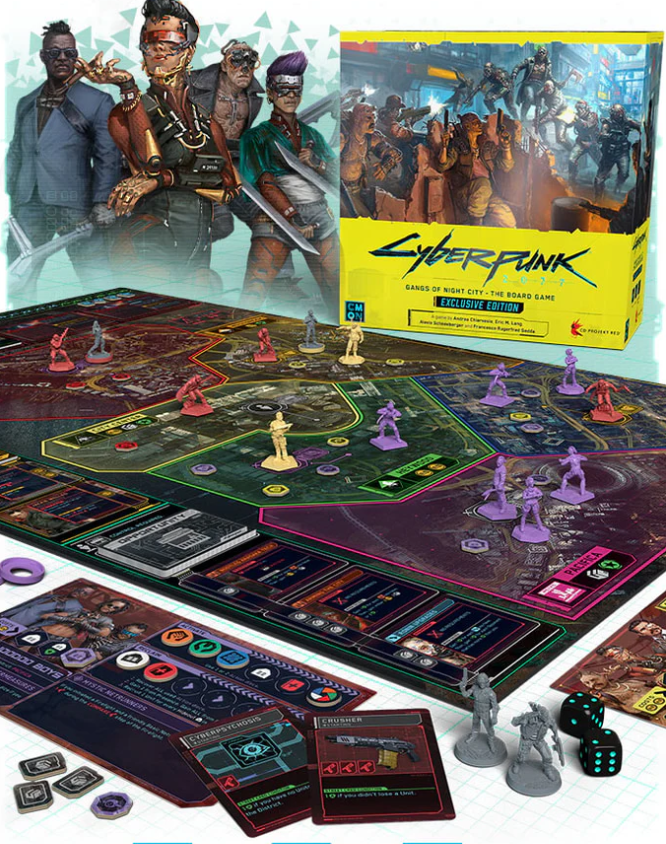
Players compete as rival gangs for control of Night City. Influence over districts, characters, and technology determines who rules the city.
It’s a competitive game full of twists, with temporary alliances and betrayals common. The vibrant board recreates urban chaos, with games that never follow the same path.
Cyberpunk 2077 (2020) transported players to a dystopian future full of megacorporations and power struggles. On the board, this essence is translated into political and territorial competition.
The Last of Us: Escape the Dark
- 1 to 5 players
- Playtime: 45 - 90 min
- Age: 14+
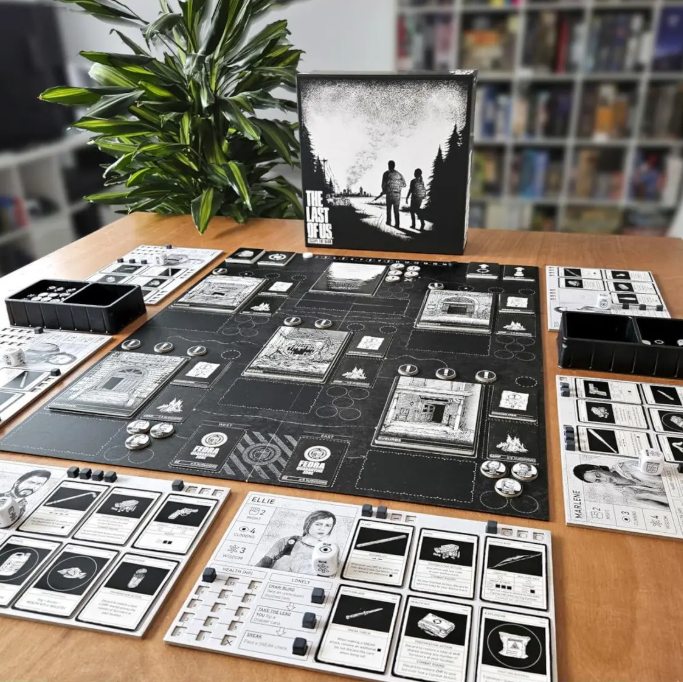
Players face narrative encounters, often with limited resources. Tough decisions and cooperation are essential to survive the journey.
The board game emphasizes narrative and creates a tense atmosphere. Each flipped card presents a moral dilemma or deadly encounter, generating constant suspense.
In the original game (2013), Joel and Ellie’s story redefined storytelling in games. The tabletop adaptation preserves this emotional weight, where survival is both physical and psychological.
The Binding of Isaac: Four Souls
- 2 to 4 players
- Playtime: 30 - 60 min
- Age: 14+
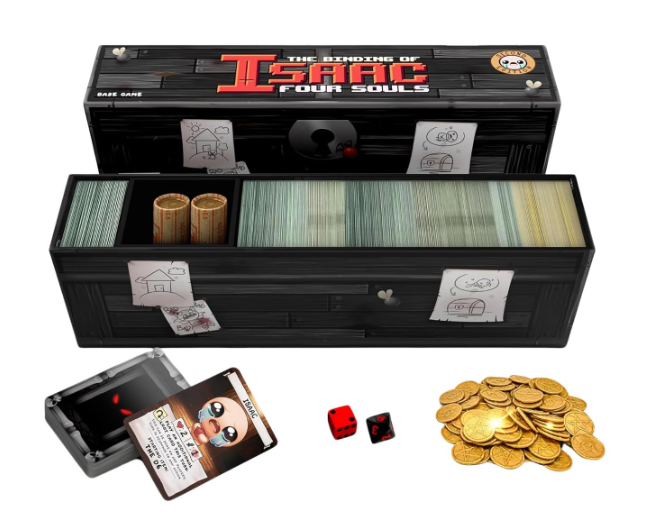
Players collect items, face monsters, and compete to be the first to gather four souls. Cards feature unpredictable effects, allowing alliances and cheating.
The game is chaotic, with fast-paced, laugh-filled (or frustrating) matches. Its tone is lighthearted and mischievous, perfect for fans of treacherous negotiations.
Digitally, The Binding of Isaac (2011) was an indie landmark, combining roguelike mechanics with dark humor. The card game preserves this chaotic essence, ideal for casual groups.
Frostpunk: The Board Game
- 1 to 4 players
- Playtime: 120 - 150 min
- Age: 16+
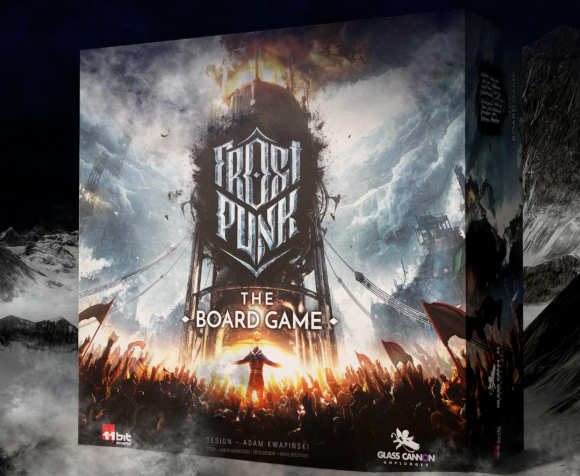
Players manage humanity’s last city amid an eternal winter, balancing resources, citizen morale, and extreme laws.
The game is heavy and demanding, with decisions leaving lasting consequences: exploring zones, taking risks, and even imposing authoritarian rules. The generator tower miniature at the center reinforces the desperate mood.
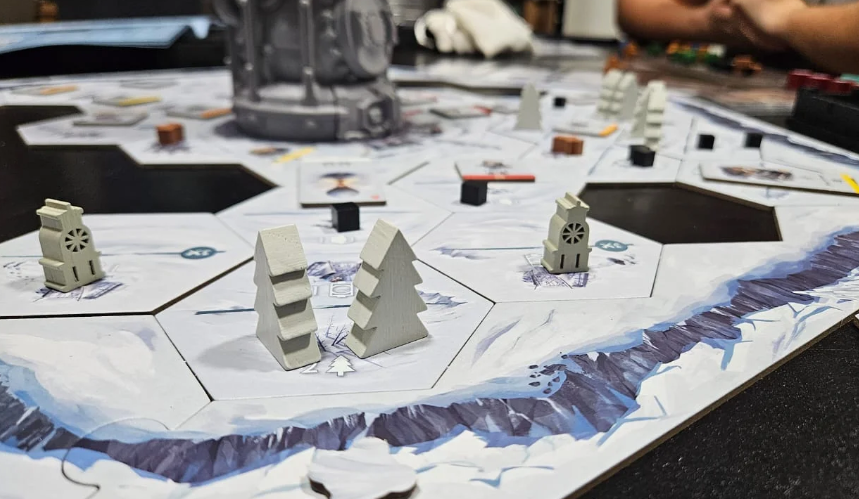
On PC, Frostpunk (2018) innovated by combining city-building with ethical dilemmas. The board game translates this into cooperative tension, where each choice could collapse society.
Assassin’s Creed: Brotherhood of Venice
- 1 to 4 players
- Playtime: 90 - 150 min
- Age: 14+
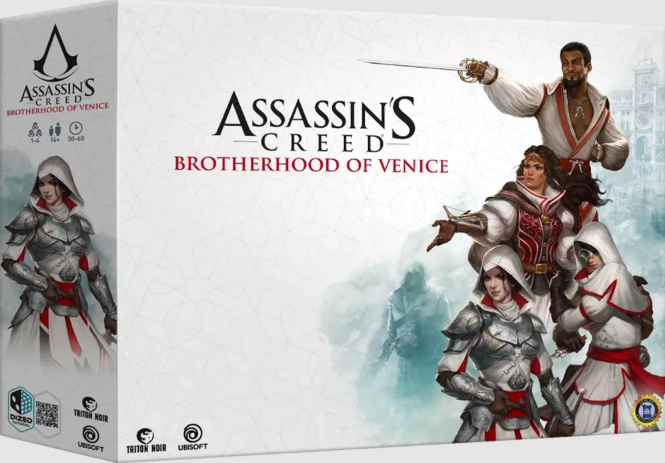
A cooperative campaign game where Assassins complete stealth missions in interconnected scenarios, exploring and fighting without being noticed.
Detailed miniatures and modular scenarios create a cinematic experience. Character progression and ongoing narrative maintain the epic feel of the saga.
On consoles, Assassin’s Creed II and Brotherhood defined Ezio Auditore’s era, mixing parkour and history. The board game immerses players in this period, recreating Renaissance Venice in detail.
Resident Evil: The Board Game
- 1 to 4 players
- Playtime: 90 - 120 min
- Age: 14+
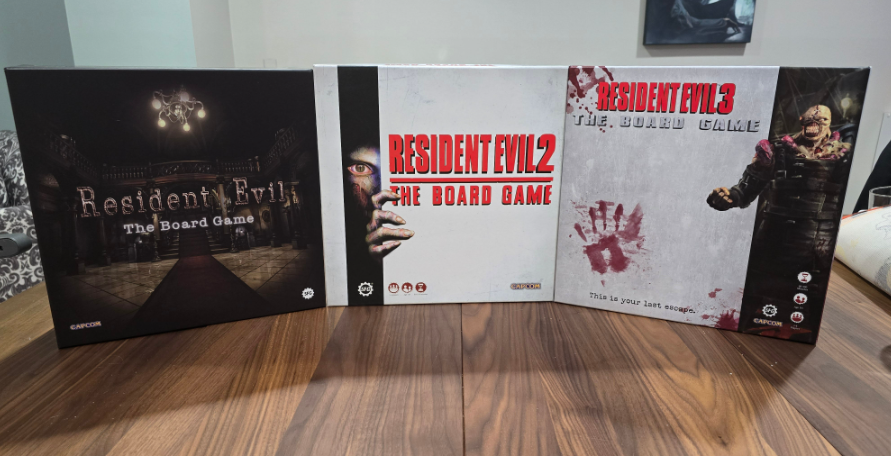
The board is explored room by room, revealing surprises. Scarce resources and constant enemies create continuous suspense.
It’s classic survival horror in analog form. Players never know what’s behind each door, and the pressure to conserve ammo and health is constant.
Digitally, Resident Evil (1996) created a genre. The board game recreates this tension in a group setting, placing players inside the iconic Spencer Mansion.
Slay the Spire: The Board Game
- 1 to 4 players
- Playtime: 45 - 120 min
- Age: 12+
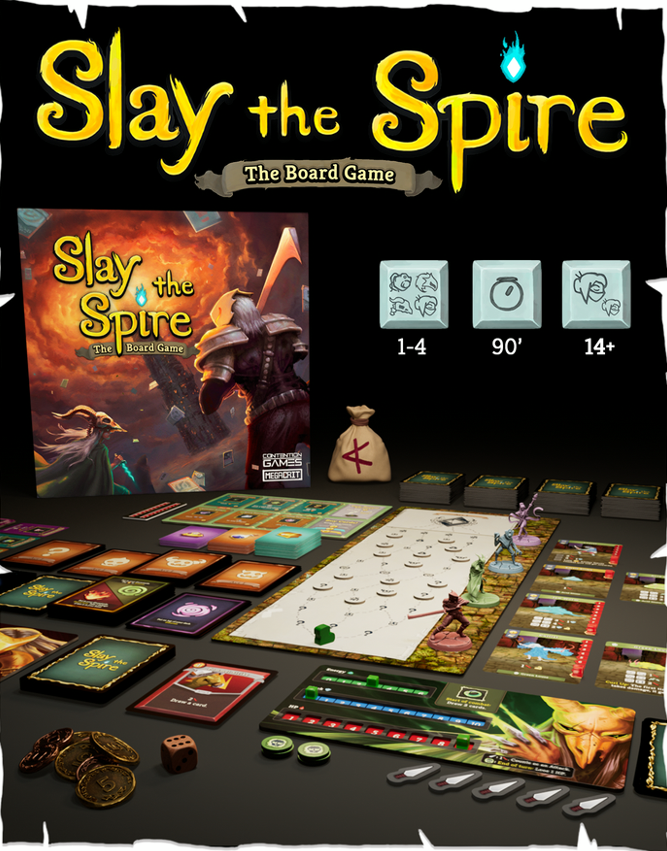
Players build decks while ascending a tower full of enemies. Progression involves risky choices: which cards to take, which enemies to fight, which paths to follow.
The game is dynamic and strategic, with matches that never repeat. The difficulty curve ramps up excitingly, testing players’ adaptability.
Digitally, Slay the Spire (2019) revolutionized deck-building roguelikes. The board game retains the original’s addictive nature and adds social interaction, making it ideal for group play.
Conclusion
These board games show that great ideas can transcend media.
What started on consoles and PCs, with graphics and interactive storytelling, gains new life when brought to the table, where strategy, cooperation, or competition and the presence of friends create a unique experience.
Until the next article!








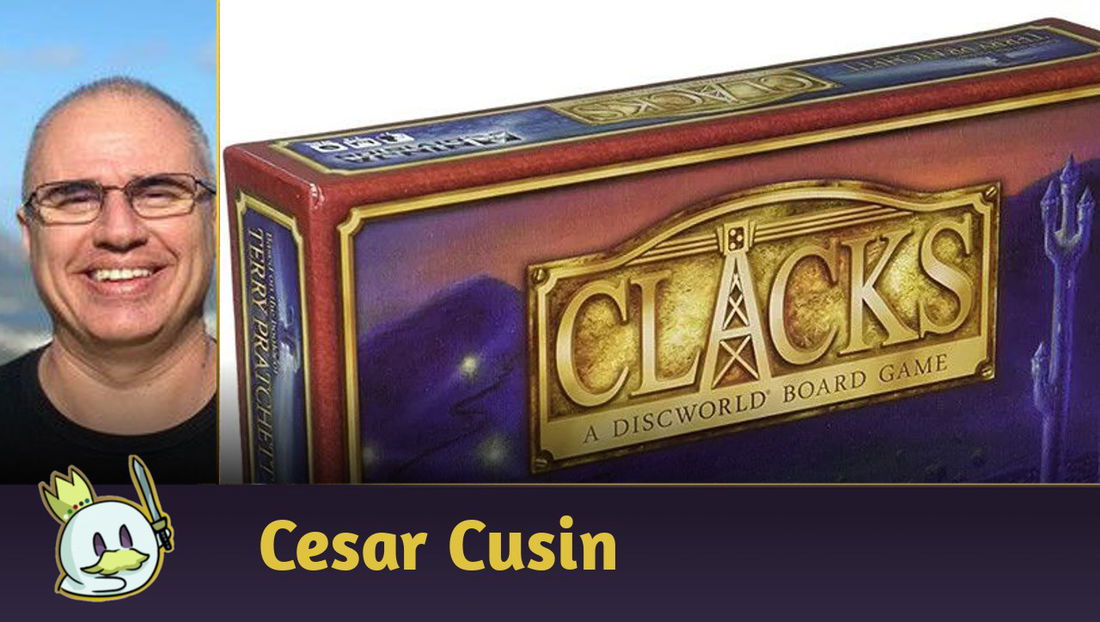



— Comentarios 0
, Reacciones 1
Se el primero en comentar